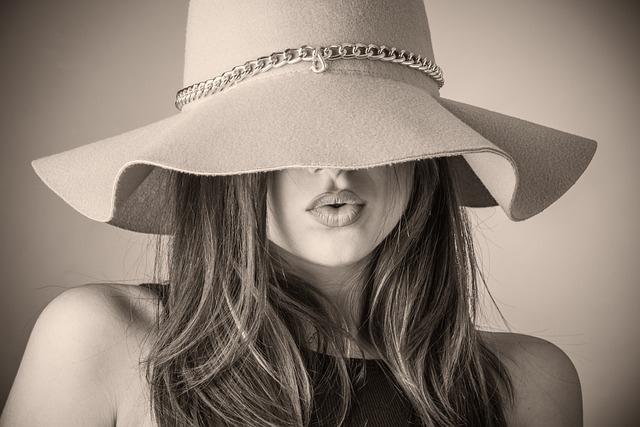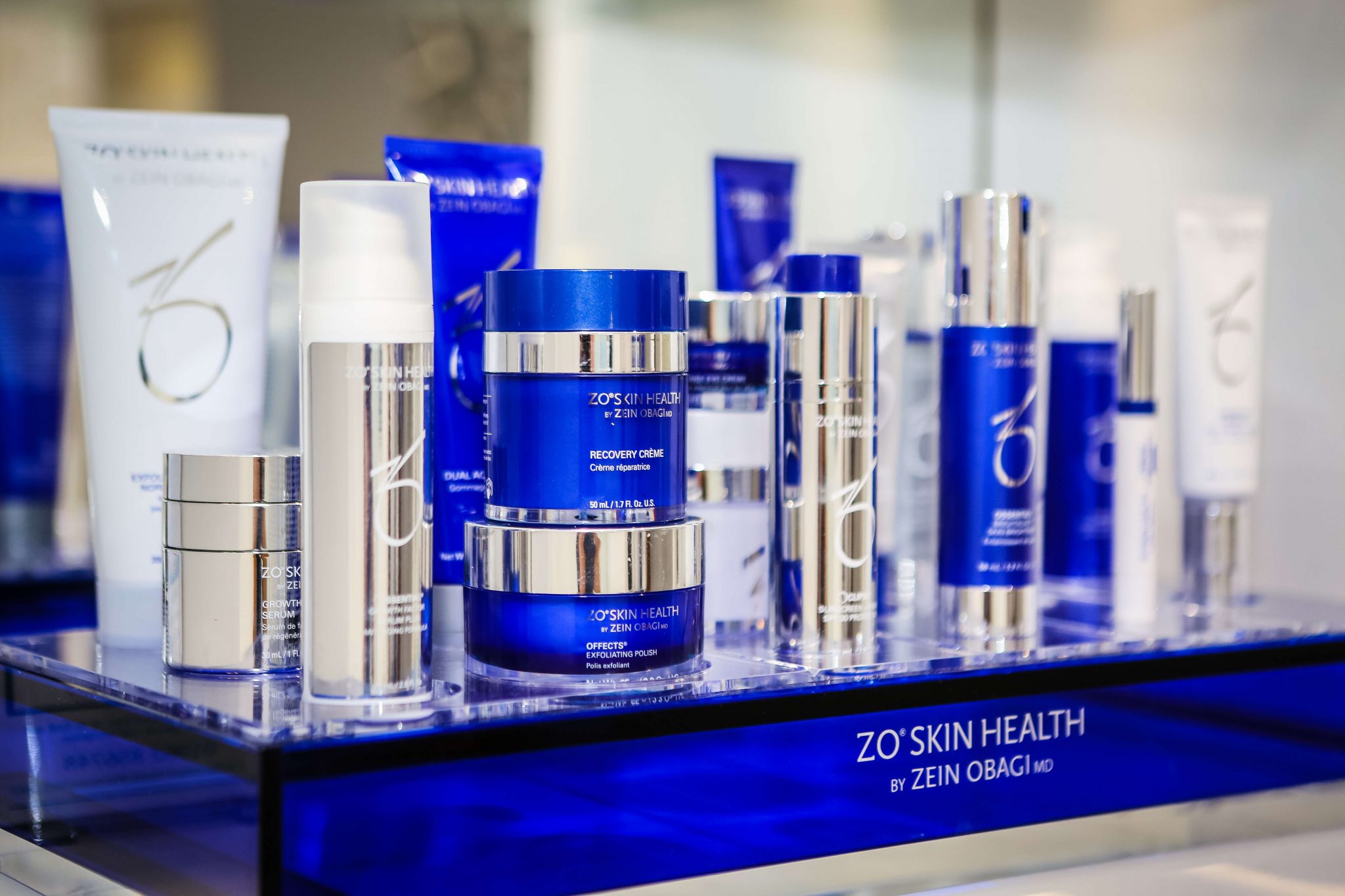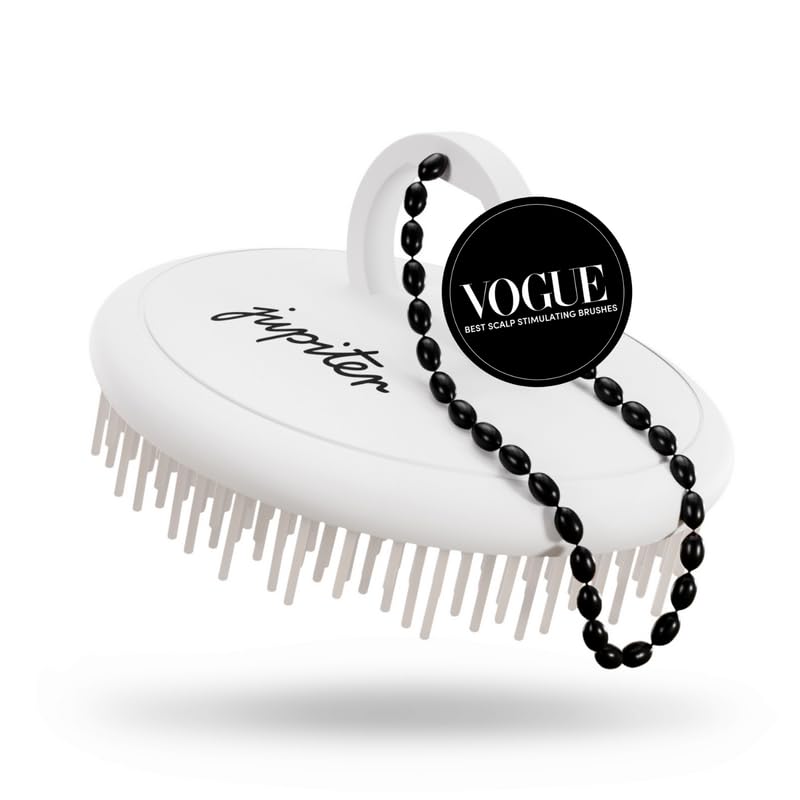Best Proffesional Makeup Tips

-
Table of Contents
Introduction
Professional makeup artists utilize a variety of techniques to enhance natural beauty, create dramatic looks, or prepare individuals for special events and photography. These experts understand the importance of skin preparation, color theory, and the role of light in makeup application. They often emphasize the need for high-quality products and tools, as well as the significance of blending and layering to achieve a flawless finish. Additionally, professional makeup artists are skilled in tailoring makeup to individual face shapes, features, and skin tones, ensuring that each person receives a personalized look that complements their unique beauty.

Top Professional Eye Makeup Strategies for Captivating Looks
When it comes to creating a captivating look, the eyes are often the focal point of any makeup routine. Professional makeup artists have honed their skills to transform the windows to the soul into true works of art. Whether you’re preparing for a night out or just want to add a little flair to your everyday look, these top professional eye makeup strategies will help you achieve stunning results.
First and foremost, it’s essential to start with a clean canvas. Ensure your eyelids are free from oils and dirt by using a gentle cleanser followed by a primer. A primer not only smooths out the skin but also provides a base for your eyeshadow to cling to, enhancing its longevity and vibrancy throughout the day. This simple step is a game-changer and is often the secret behind those eye looks that seem to defy the laws of time.
Once your lids are prepped, it’s time to consider your color choices. Professional makeup artists often employ the use of a color wheel to select complementary shades that will make the eyes pop. For example, those with blue eyes might reach for warm browns and oranges to create a striking contrast, while individuals with green eyes could opt for purples and pinks. The key is to choose colors that enhance your natural eye color rather than compete with it.
Blending is another critical technique in the arsenal of any makeup pro. Harsh lines can make your eyeshadow look dated and unrefined. Instead, use a fluffy blending brush to soften the edges of your eyeshadow, creating a seamless transition between colors. Remember, when it comes to blending, patience is your best friend. Take your time to gently build up the color and blend as you go for a flawless finish.
Another professional tip is to play with light and shadow to give your eyes dimension. Use a lighter, shimmery shade on the inner corners of your eyes and under the brow bone to highlight and open up the eye area. Conversely, apply a darker shade in the crease and along the outer corners to create depth and definition. This contrast between light and dark will give your eyes a captivating, three-dimensional look that’s hard to ignore.
Don’t forget the power of eyeliner. A well-applied liner can define the eyes and even change their perceived shape. For a more natural look, tightline your upper lash line by applying eyeliner between the lashes. For something more dramatic, a classic winged liner can add an element of sophistication and glamour. The key is to use a steady hand and to start with a thin line, gradually building up to your desired thickness.
Finally, no eye look is complete without mascara. It’s the finishing touch that frames the eyes and brings the entire look together. Wiggle the mascara wand at the base of your lashes to deposit more product, which will add volume. Then, pull the wand through to the tips to separate and lengthen. For an extra boost, consider using an eyelash curler before applying mascara to open up the eyes even more.
In conclusion, achieving captivating eye looks is all about understanding the basics of color theory, mastering the art of blending, and knowing how to use light and shadow to your advantage. By following these professional strategies, you’ll be well on your way to creating eye makeup looks that are not only beautiful but also enduring. Remember, practice makes perfect, so don’t be afraid to experiment and refine your techniques. With these tips in your beauty repertoire, your eyes will surely be a sight to behold.
Mastering the Art of Contouring and Highlighting for Different Face Shapes
When it comes to creating a flawless makeup look, contouring and highlighting are like the magic wands of the beauty world. These techniques can sculpt, define, and enhance your natural features, but the key to achieving a natural and flattering result lies in tailoring your approach to your unique face shape. Let’s dive into the transformative power of contouring and highlighting and discover how to master these techniques for different face shapes.
Firstly, it’s essential to understand the basic principle behind contouring and highlighting. Contouring involves using a matte powder, cream, or pencil that’s a few shades darker than your skin tone to create shadows, which can give the illusion of a more sculpted and defined face. Highlighting, on the other hand, uses light-reflective products to bring forward and emphasize certain areas of the face. Together, these techniques can balance and enhance your features in a stunning way.
For those with an oval face shape, you’re in luck because this is considered the most balanced face shape, and contouring can be minimal. A light sweep of contour under your cheekbones and a touch of highlighter on the high points of your face, such as the brow bones, the bridge of the nose, and the cupid’s bow, can enhance your natural symmetry.
If you have a round face, the goal is to elongate and define your features. Contour along the temples and beneath the cheekbones in a diagonal line towards the corners of your mouth to create more defined angles. Highlight the center of your forehead, under the eyes, and the chin to bring these areas forward and create the illusion of a longer face.
For those with a square face, contouring can help soften the angles. Apply contour on the edges of your forehead and below the cheekbones starting from the ears and ending in the middle of the cheeks. Highlight the middle of your forehead and the very center of your chin to draw attention to the center of your face, creating a more rounded effect.
Heart-shaped faces, with their wider foreheads and narrower chins, can benefit from contouring the sides of the forehead and temples to balance the upper half of the face. Contouring just below the cheekbones can also help to accentuate this area. Apply highlighter to the forehead center, under the eyes, and on the chin to enhance the lower part of the face.
For those with a long face shape, the aim is to make the face appear shorter. Contour across the top of the forehead and below the chin to create a more rounded appearance. Highlighting should be concentrated on the cheekbones rather than the chin or forehead to draw attention horizontally rather than vertically.
Regardless of your face shape, blending is your best friend when it comes to contouring and highlighting. Harsh lines can look unnatural, so use a blending brush or sponge to diffuse the edges of your contour and highlight for a seamless finish. Remember, less is often more; you can always build up the product gradually to achieve the desired intensity.
In conclusion, contouring and highlighting are not one-size-fits-all techniques. By understanding your face shape and applying these methods accordingly, you can enhance your natural beauty and create a balanced, polished look. With practice and patience, you’ll soon be able to wield these techniques with confidence, transforming your makeup routine into an art form that celebrates your individuality.
Essential Techniques for Flawless Foundation Application
When it comes to creating a flawless makeup look, the foundation is, quite literally, the foundation. It sets the stage for everything that follows, from your bronzer and blush to your eye makeup and lipstick. But achieving that perfect, seamless base can be a bit of a challenge. Fear not, as we delve into the world of professional makeup tips, you’ll discover essential techniques that will elevate your foundation application to the next level.
First and foremost, it’s crucial to start with a clean, moisturized canvas. Skincare is not just a preamble to makeup; it’s a vital step that ensures your foundation glides on smoothly and stays put. After cleansing, apply a moisturizer suited to your skin type and give it a moment to absorb. This not only hydrates your skin but also helps to create a protective barrier, which can prevent foundation from clogging your pores.
Once your skin is prepped, it’s time to select the right foundation shade. The best match will disappear into your skin, both in color and texture. Test shades along your jawline, and check the color in natural light if possible. The perfect shade should blend seamlessly without leaving any lines of demarcation.
Now, let’s talk tools. Whether you prefer a sponge, a brush, or your fingertips, the key is to use them effectively. A damp beauty sponge is excellent for a sheer, natural finish, as it allows you to build coverage gradually. For a more full-coverage look, a foundation brush can be your best friend. Use it to buff the foundation into the skin in circular motions, starting from the center of your face and working outward. This technique helps to create an airbrushed effect, minimizing pores and imperfections.
One of the most important professional tips is to remember that less is often more. Begin with a small amount of foundation and add more as needed. It’s much easier to build up coverage than to tone it down. Plus, over-applying foundation can lead to a cakey appearance, which is the antithesis of the natural, flawless look we’re aiming for.
Blending is the secret sauce of foundation application. Take your time to blend the product into your skin thoroughly, paying special attention to the hairline, jawline, and neck. These areas are often neglected, leading to tell-tale signs of makeup wear. A well-blended foundation should look like a second skin, enhancing your complexion without masking it.
Another pro tip is to set your foundation with a light dusting of translucent powder. This step is especially important if you have oily skin or if you’ll be wearing your makeup for an extended period. The powder helps to lock the foundation in place and reduces shine, giving you a matte, polished finish.
Lastly, lighting plays a pivotal role in foundation application. Whenever possible, apply your makeup in natural daylight, as it provides the most accurate representation of how your foundation will look in various settings. If natural light isn’t available, use a daylight mimic lamp to ensure your makeup looks as good in the office as it does at home.
In conclusion, flawless foundation application is an art that requires the right preparation, tools, and techniques. By following these professional makeup tips, you’ll be well on your way to achieving a beautiful, natural-looking base that sets the tone for the rest of your makeup. Remember, practice makes perfect, so don’t be afraid to experiment and find what works best for you. With a little patience and precision, you’ll master the art of the flawless foundation.
Conclusion
The best professional makeup tips emphasize the importance of skin preparation, using the right tools, and applying makeup in a way that enhances natural features while ensuring longevity. Key takeaways include the necessity of a clean, moisturized base; the strategic use of primers; color matching foundations; blending techniques; setting makeup with powders or sprays; and the importance of regular cleaning of makeup tools to prevent skin irritation or breakouts. Additionally, professionals often recommend investing in quality products, staying updated with current trends, and continuous practice to perfect makeup application skills.





